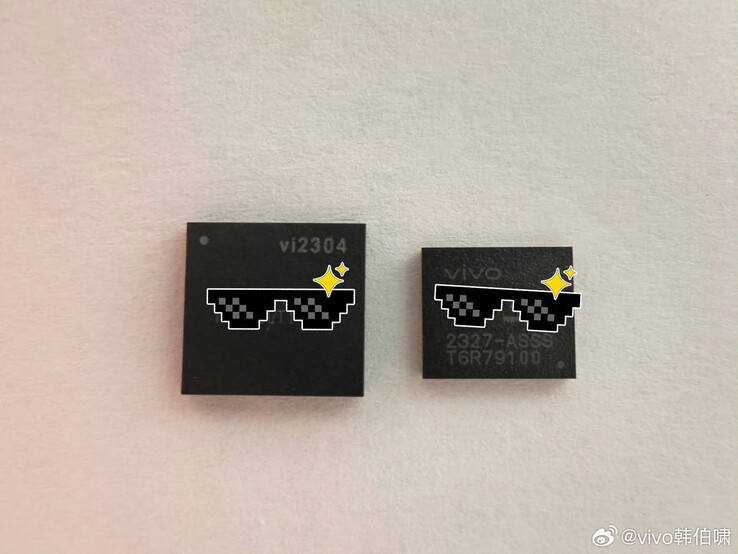Vivo has taken its own path for years when it comes to image signal processing. For context, most Android OEMs use the image signal processors (ISP) baked within Mediatek and Qualcomm chipsets, such as the Galaxy S25 Ultra (curr. $1,084.99 on Amazon) and the triple 18-bit ISP inside the Snapdragon 8 Elite.
By contrast, Vivo employs the Vivo V3+ inside the X100 Ultra and X200 Pro to complement the ISPs that the Dimensity 9400 and Snapdragon 8 Elite provide, respectively. Theoretically, this helps Vivo's flagships provide superior photo and video quality than its peers, although results will vary in the real world.
Vivo's product manager Han Bo Xiao has confirmed that the company has adopted a different approach for the X200 Ultra ahead of its launch next month. Going off past releases, it seemed that Vivo would use the device to showcase the Vivo V4. However, Vivo has decided to complement the Vivo V3+ with a new chip called the VS1, which are designed to handle different tasks.
According to Han Bo Xiao, the V3+ remains responsible for photo and video post-processing. Conversely, the VS1 will serve as a 'pre-ISP' of sorts by processing data before it reaches the V3+. Built around 6 nm processes, the two chips are said to combine to improve the quality of images that rely heavily on algorithmic photography, such as portrait shots. As it stands, the X200 Ultra is expected to debut alongside the X200s during a simultaneous launch event.




























